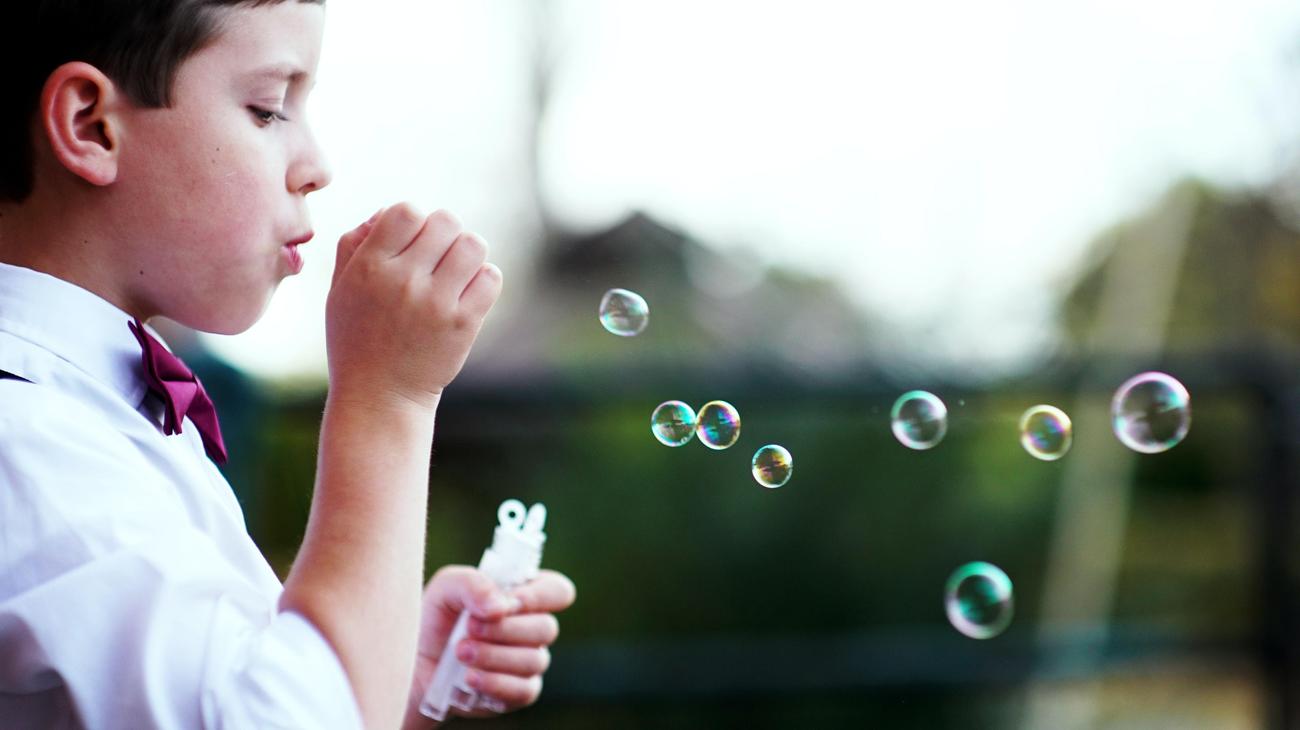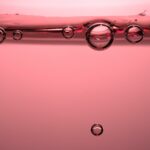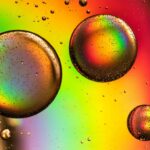Are you ready to embark on a captivating journey through the fascinating world of bubbles? Prepare to be amazed as we delve into the mesmerizing properties of these enchanting spheres of joy. In this article, we will unveil the science behind bubbles, exploring their remarkable characteristics and uncovering the secrets that lie within. From the delicate balance of surface tension to the whimsical shapes they take, join us as we unravel the mysteries and embrace the awe-inspiring marvels of bubbles.
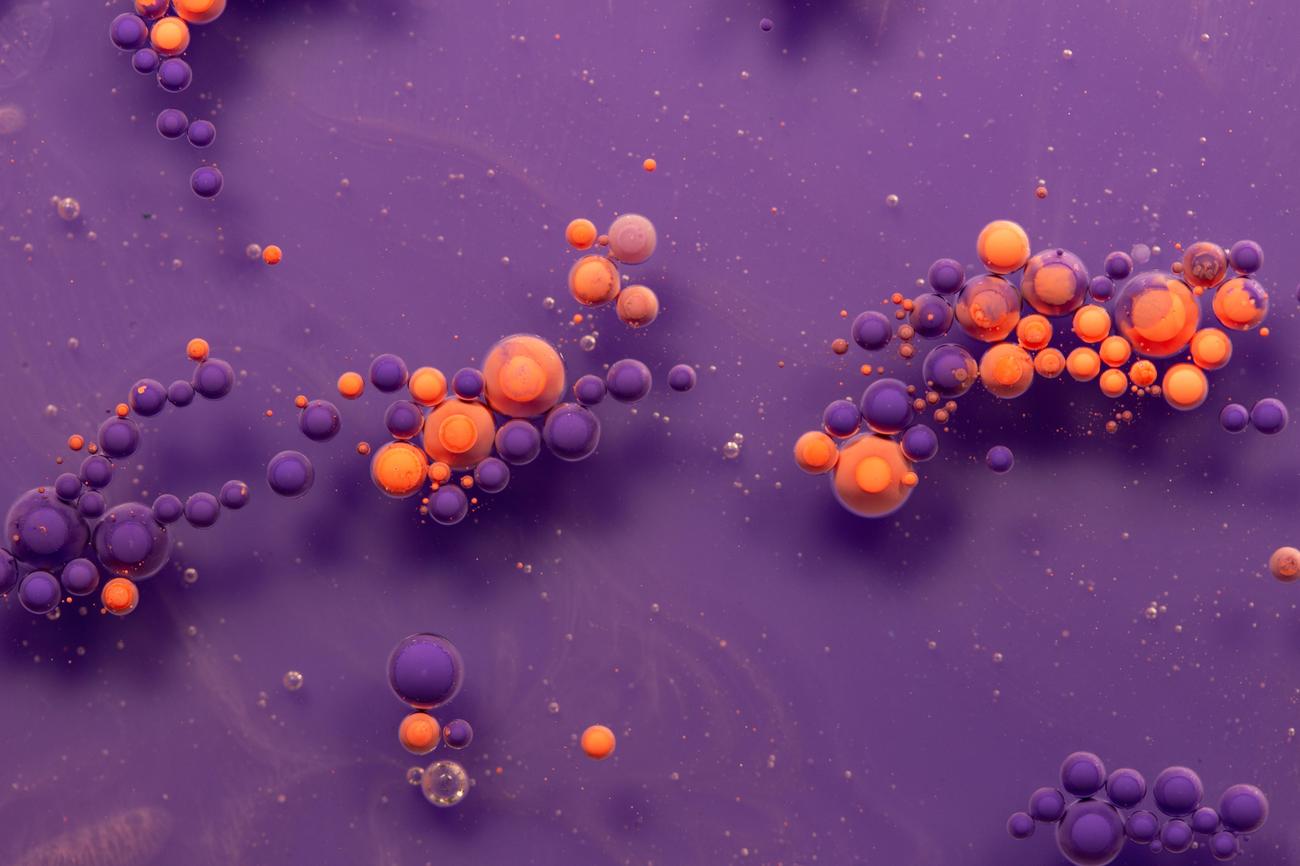
Properties of Bubbles
Bubbles, those whimsical and captivating spheres of air and soap, have intrigued scientists and casual observers alike for centuries. Let’s dive into the fascinating world of bubbles and unravel their secrets.
Shape and Motion
Bubbles often take on an ellipsoidal shape, which is caused by the balance between surface tension and the pressure inside the bubble. The irregular motion of bubbles adds to their charm, as they whimsically float, drift, and pop in the air. It’s almost as if each bubble has a mind of its own.
Velocity and Stability
The velocity of bubbles is an intriguing property that has been studied extensively. Surprisingly, the velocity of a bubble remains fairly constant despite variations in its size. Smaller bubbles, up to 0.75 cm in radius, typically travel at a speed of 28-30 cm/sec. On the other hand, larger bubbles may reach speeds of 35-40 cm/sec but are more prone to dividing into smaller bubbles. This division contributes to the continuous creation and demise of bubbles in our environment.
Film Composition and Refractive Index
To understand a bubble’s structure, we need to look closely at its film. The thin film of a bubble consists of three layers: a layer of water sandwiched between two layers of soap molecules. This arrangement gives bubbles their translucent, shimmering appearance. The difference in refractive index between the bubble and the surrounding substance is what makes them visible to our eyes, reflecting light in fascinating ways.
Formation and Surface Tension
Bubbles come into existence through the entrapping of air or other gases within a soap film. The secret ingredient in this process is surface tension. This property of liquids creates a force that minimizes the surface area of the bubble, holding it together. Pure liquids with low surface tension struggle to sustain bubbles, while liquids with high surface tension are more successful at trapping gases within their films.
Surface tension plays a vital role in determining the shape and behavior of bubbles. It’s like the invisible puppeteer dictating their every move.
Bubbles have long fascinated us with their delicate nature, shimmering colors, and remarkable ability to float in the air. Beyond their aesthetic allure, studying bubble properties holds significance in understanding other systems, particularly fluidized beds. These beds consist of solid particles suspended in a fluid, and the behavior of bubbles within them can shed light on how fluids and solids interact.
By unraveling the mysteries of bubbles, we gain insights into the complexities of fluid dynamics, making sense of a world in constant motion.
Exploring the properties of bubbles is like embarking on a playful scientific adventure. As we dig deeper into the whimsical world of bubbles, we’ll uncover more intriguing aspects and hidden wonders. Buckle up and prepare to be amazed by the captivating science behind these delicate spheres of delight.
Disclaimer: The properties mentioned above are simplified for a general understanding. In reality, the study of bubbles encompasses a vast and intricate field of research.
Bubbles have always fascinated both children and adults alike. Have you ever wondered how these shimmering spheres are made? If you’re curious about the science behind bubble formation, you’ll definitely want to check out our informative article on “How are bubbles made”. This intriguing piece dives deep into the physics and chemistry involved in creating these mesmerizing floating wonders. Discover the secrets behind bubble solutions, surface tension, and the delicate art of bubble blowing. To unravel the mysteries of bubbles, simply click here: How are bubbles made. Happy popping!
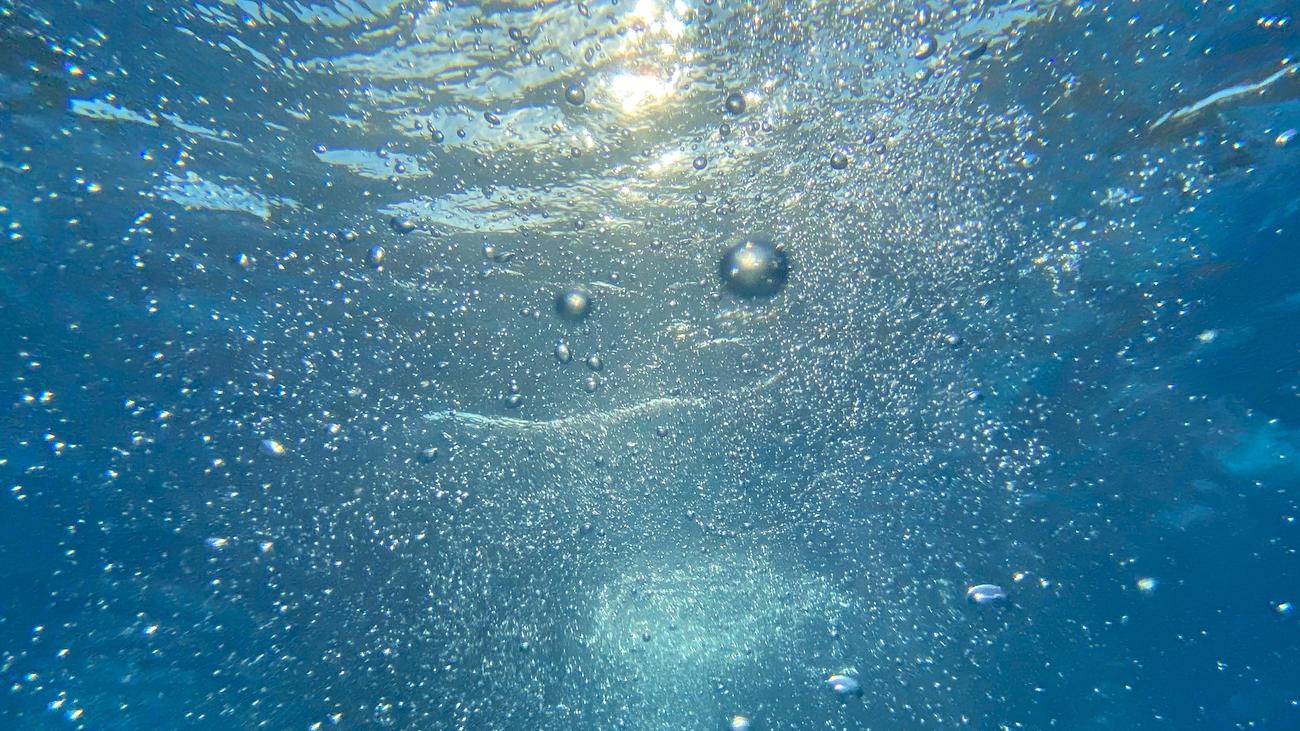
FAQ
Question 1: What is the shape of bubbles?
Answer: Bubbles are ellipsoidal in shape.
Question 2: How do bubbles move?
Answer: The motion of bubbles is irregular.
Question 3: Is the velocity of bubbles dependent on their diameter?
Answer: No, the velocity of bubbles is independent of their diameter and ranges from 28-30 cm/sec for bubbles up to 0.75 cm in radius.
Question 4: Do larger bubbles have a higher velocity?
Answer: Yes, larger bubbles tend to have a higher velocity, around 35-40 cm/sec. However, they are not stable and tend to divide into smaller bubbles.
Question 5: What is the composition of a bubble’s film?
Answer: The film that makes up a bubble consists of three layers: a thin layer of water sandwiched between two layers of soap molecules.
- Senior at What Age: Benefits & Eligibility Guide - March 29, 2025
- Unlocking Senior Benefits: How Old is a Senior? Your Complete Guide - March 29, 2025
- Master Russian Politeness:A Guide to Saying Please - March 29, 2025
